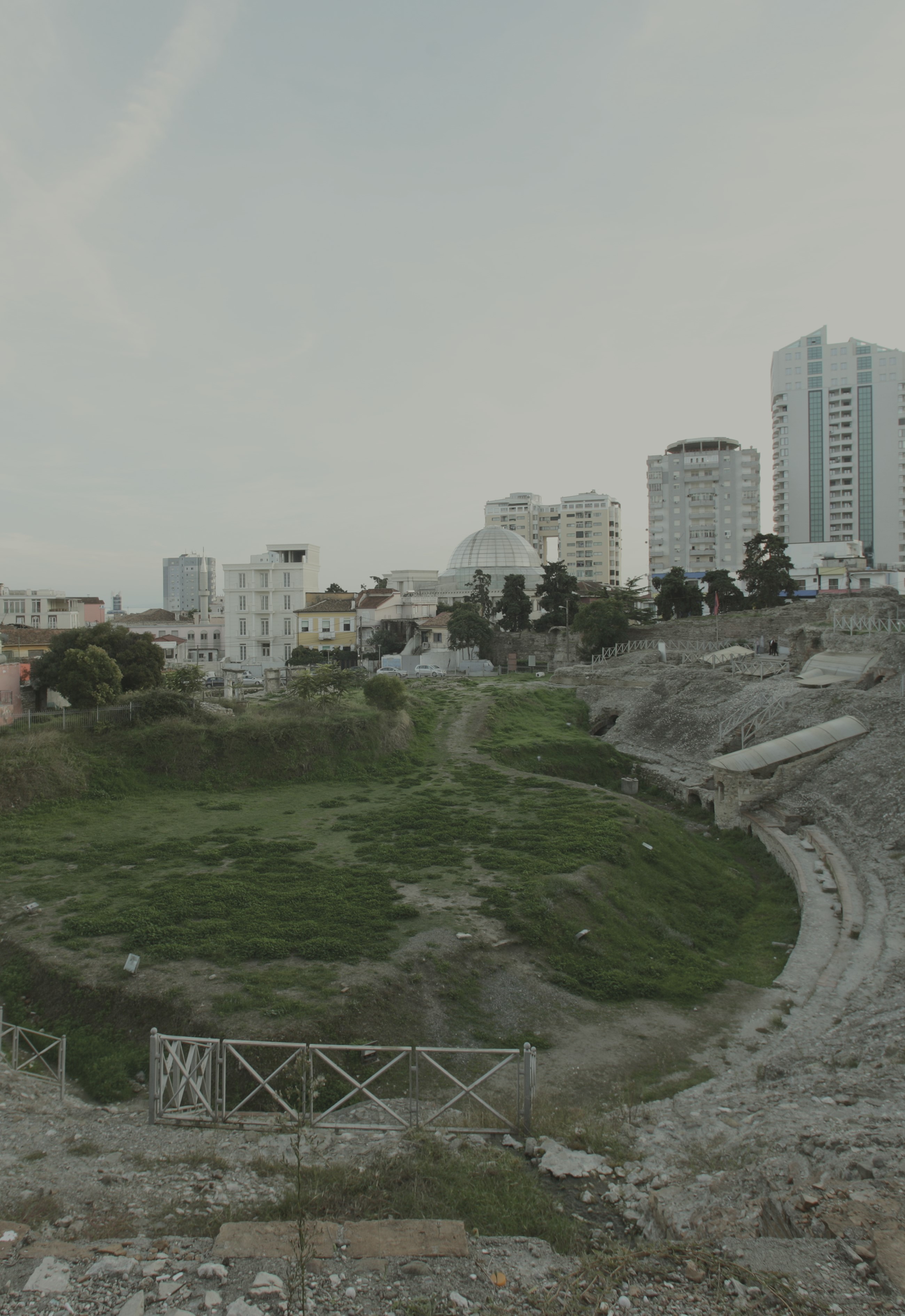Das Amphitheater in Dyrrachium. Urbanes Umfeld, Rekonstruktion und Bedeutung
mit einem Beitrag von Dominik Lengyel und Catherine Toulouse
https://doi.org/10.34780/diey-y643
Abstract
In today's city of Durrës (Epidamnos / Dyrrachium), the amphitheatre is the most important monument that has survived from antiquity. It has been systematically cleared of modern buildings since 1966 and its essential elements are recognizable today. So far, however, it has not been considered in its suburban setting at the city's harbour. Moreover, a detailed reconstruction based on a meticulous building survey is lacking, which is necessary for a presentation in a modern context. The reconstruction will certainly pose particular problems. In contrast to most of the other existing amphitheatres, around two thirds of the slope was built into the substructural formation, so that only one third needed to be raised up. As a result, from the largely preserved north-west part, the structural formation of the south-east area can only be understood to a very limited extent. The challenge for the architect was to create an equally consistent and logical development to suit the audience in every area. The amphitheatre accords well with the concepts behind eastern representatives of this building type: efforts were made to keep the structural work required low by means of careful positioning in the slope.
Schlagwörter:
Amphitheatre, Planning, Construction, Society, Contrast of East and West





